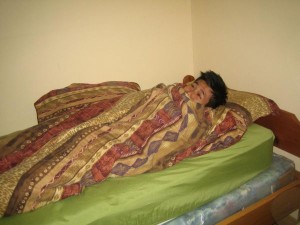Hepatitis E is a virus that affects the liver. The difference with this form of hepatitis is that it does not lead to lasting illness or serious liver damage. In most cases, recovery is within a few months.
One can acquire hepatitis E via drinking water or eating food contaminated by feces of an infected individual. In addition, consuming poorly cooked meat or touching an infected pig can also spread the infection.
What are the indications?
Once exposed to the virus, it takes 2-7 weeks before any symptoms manifest and most can last for around 2 months.
- Tired
One can acquire hepatitis E via drinking water or eating food contaminated by feces of an infected individual. - Unexplained weight loss
- Fever
- Sore muscles
- Nausea
- Yellowish skin, dark-colored urine and clay-colored stool
- Pain on the right side of the abdomen, beneath the rib cage
Management
It is important to note that hepatitis E settles on its own in most cases. You can hasten the healing process with the following:
- Take time to slow down by reducing daily activities until the energy level is back to normal. Once the individual starts to feel better, he/she must steadily return to his/her regular routine. If done too rapidly, he/she can become sick again.
- Increase the intake of fluids to prevent dehydration.
- Stick with a diet composed of healthy foods.
- Avoid drinking alcoholic beverages or using illegal drugs.
If the symptoms are severe, a doctor should be consulted. In such cases, treatment at a healthcare facility might be required.
Preventive measures
Hepatitis E is quite prevalent in developing countries all over the globe. If visiting any countries with reported cases, you can reduce the risk for acquiring the infection with the following:
- Avoid eating uncooked shellfish or drinking water
- Avoid fruits or vegetables that are uncooked
- Always wash hands after using the toilet, changing diapers or preparing food
- Dishes must be washed in warm, soapy water.

